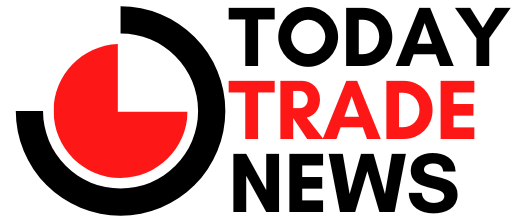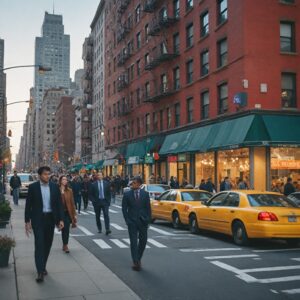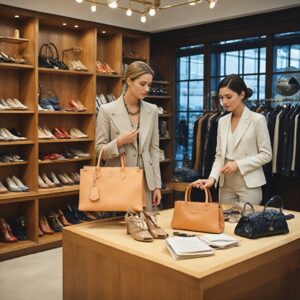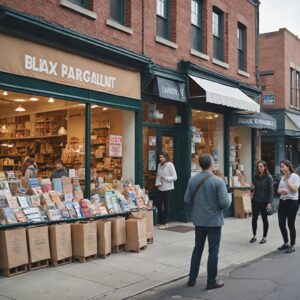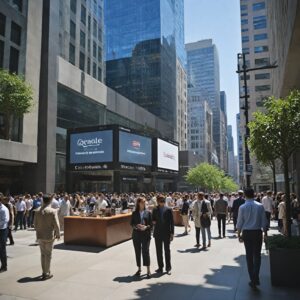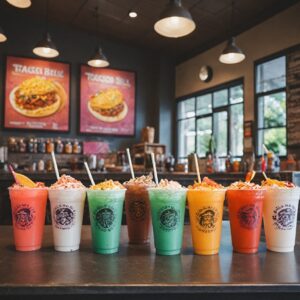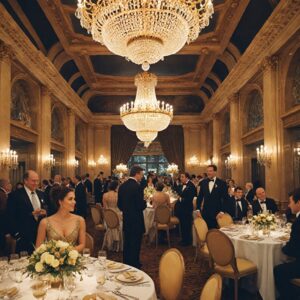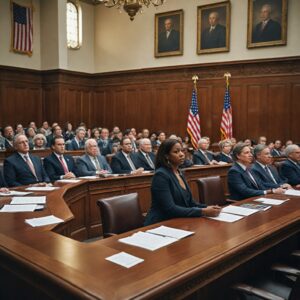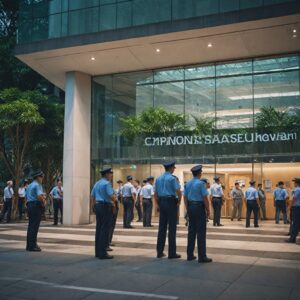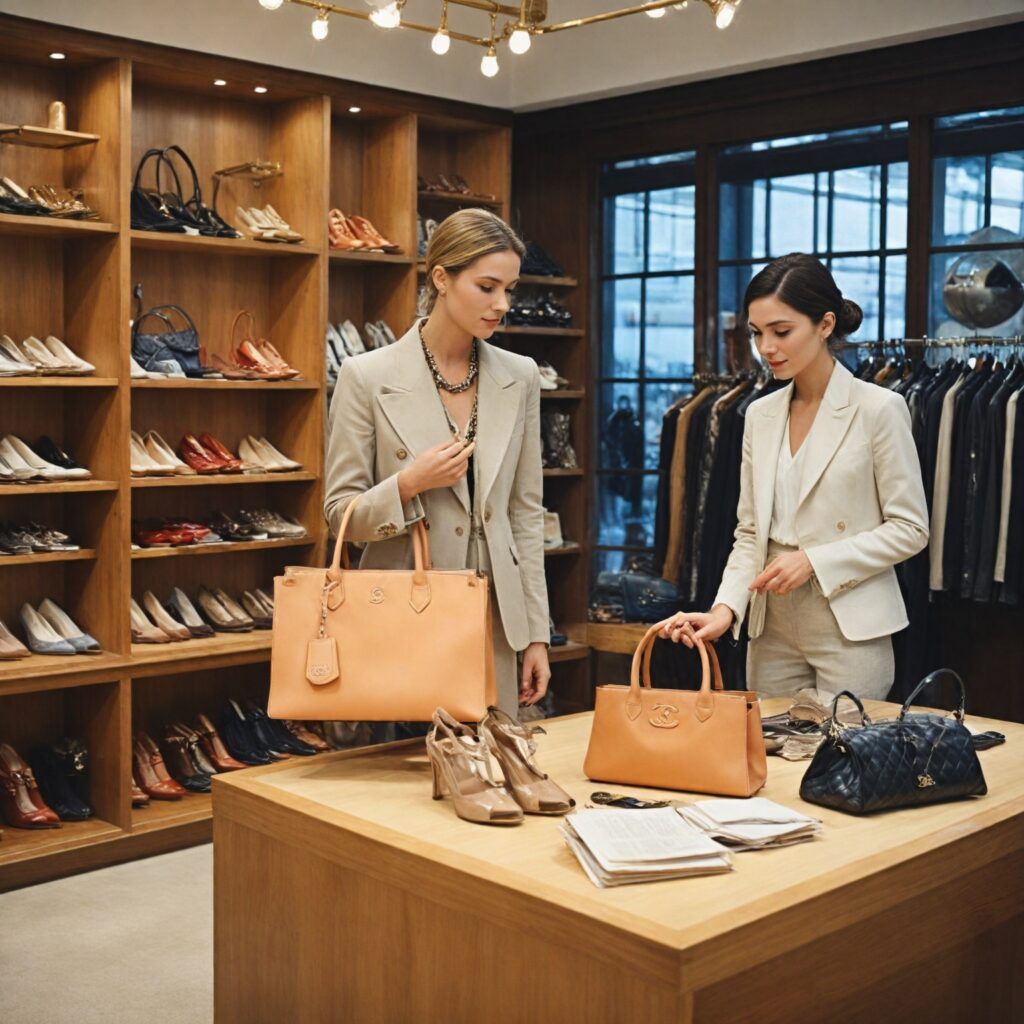
Highlights:
– The secondhand luxury market is projected to expand to $360 billion by 2030, with increasing demand for authenticated goods.
– Platforms like Carousell and Bunjang are investing heavily in sophisticated authentication processes, including AI technology, to combat counterfeit items.
– Younger consumers are leading a shift towards secondhand shopping, influenced by affordability and a desire for unique luxury items.
The Rise of the Resale Market
The global surge in the secondhand luxury item market is not just a passing trend; it signifies a major shift in consumer behavior. As more shoppers embrace pre-owned designer items, authenticity has emerged as the cornerstone distinguishing reputable resale platforms from less trustworthy alternatives. This growing industry is expected to soar, with projections estimating the global resale market could reach as much as $360 billion by the year 2030, a substantial rise from the current $210 billion.
According to a recent report by Boston Consulting Group and luxury resale platform Vestiaire Collective, the secondhand market is expanding at an impressive annual rate of 10%, outpacing traditional retail sales by three times. The significance of this trend lies not only in its economic impact but also in how it reflects changing consumer values. As counterfeit manufacturing becomes more sophisticated, even established luxury brands sometimes struggle to differentiate between genuine and imitation offerings, leading to increased risks for buyers.
Authenticity Challenges and Solutions
With the resale market expanding, the challenge of ensuring product authenticity has intensified. Historically, shoppers have been advised with the concept of “caveat emptor,” or buyer beware. However, innovative resale platforms are actively working to mitigate this risk. Singapore-based online marketplace Carousell recently launched a brick-and-mortar location offering authentication services, allowing sellers to have their luxury items evaluated by trained appraisers before listing them.
The meticulous verification process at Carousell involves inspecting materials, stitching details, and stamping accuracy. Tresor Tan, Director of Sales at Carousell Luxury, emphasizes the company’s commitment to building consumer trust, stating, “At the end of the day, it’s our reputation at stake as well.” Similarly, Bunjang in South Korea has developed its own authentication system, combining visual inspections with scientific tools and AI technology, achieving a remarkable 99.9% accuracy rate in identifying authentic items. This focus on verification has not only earned consumer confidence but also significantly driven both platforms’ business growth.
The Next Generation of Luxury Consumers
The motivations for purchasing secondhand luxury items are evolving, particularly among younger consumers. A Boston Consulting Group survey highlights that 80% of respondents cite affordability as the primary reason for seeking out pre-owned items. However, buyers are increasingly attracted to unique or rare pieces from past collections that are no longer available in traditional retail settings. These insights reflect a profound trend where secondhand shopping transcends mere cost-saving opportunities and becomes a lifestyle choice for many.
Millennials and Gen Z shoppers, in particular, embody this shift, with their buying patterns leaning towards acquiring luxury items they can enjoy and later sell. This trend indicates a fundamental change in how these generations perceive luxury goods, favoring experiences and sustainable consumption over traditional ownership models.
In conclusion, the rapid growth of the secondhand luxury market underscores a significant transformation in consumer purchasing habits, highlighting the critical role of trust and authenticity in this landscape. As the market continues to evolve, how will brands adapt to meet the demands of a new generation of luxury consumers? Can traditional retail withstand the appeal of curated pre-owned collections? What innovations are yet to be explored in the fight against counterfeits?
Editorial content by Sierra Knightley
